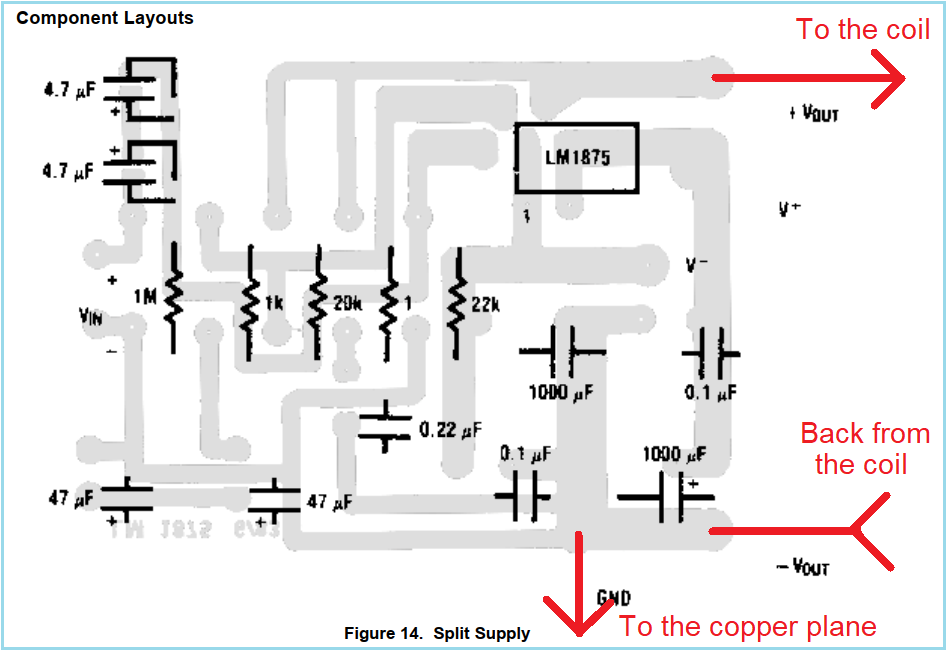I am using this as a high power, unity gain inverting op amp but my output is very noisy causing some worry about my design. My power supply seems okay, little bit of noise but nothing like the full 4 volts of noise coming out of the amplifier. The noise looks almost like radio waves with how the frequency is changing throughout the wave but I have no idea where this would be coming from nor do I know how to deal with it. I've grounded my heat sinks and linked the grounds of the generator and the supply. I am not sure what else to do to deal with this noise.
-
Ask a related question
What is a related question?A related question is a question created from another question. When the related question is created, it will be automatically linked to the original question.




